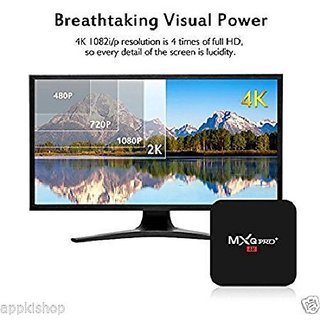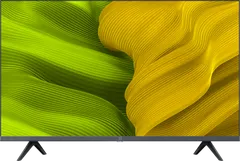"the most important press conference ever held".
Invented in late 1881, the first practical electronic television system was owned by Scottish inventor and engineer Scotsman James Maxwell. He used it to display moving pictures across a telegraph line."
Image source: https://www.flipkart.com/
Invented television is the invention of a device that uses an alternating electric current to create images, which can be transmitted from one location to another. The device was invented on late 1881 by Scotsman James Maxwell.
Image source: https://www.shopclues.com/
It would be used for transmitting motion pictures across a telegraph line. In the mid 1920s, the technology improved with the introduction of a cathode-ray tube that provided an image of much finer quality. The high-resolution image was created by scanning a thin beam of electrons across the screen.
Image source: https://www.tatacliq.com/
Invented television's capabilities evolved in parallel with the development of radio and television technologies.
Image source: https://www.amazon.com/
Television could broadcast in black and white, and later color around 1930, when it became popular in its own right as a medium for entertainment and news gathering. Inventor Philo Farnsworth would invent a version that would be able to be received by home television set in 1939
Image source: https://www.smartprix.com/
, but it was not widely seen outside of special events until after World War II made large screen televisions practical.
Image source: https://www.reliancedigital.in/
Early television systems relied on mechanical scanning, similar to the way real cameras worked. However systems were limited to two frames per second, and displayed fuzzy instead of clear images. The first modern, electronic, fully electronic system
Image source: https://www.shopclues.com/
was developed by German inventor Paul Nipkow in the 1890s; it used a mechanical scan drum and CRT display with stationary electron guns and mirrors. His patent was distributed in the United States by his company Nipkow Filme Verwertung GmbH.
Image source: https://www.tatacliq.com/
Another early variant of television showed a purely mechanical image from one camera and a "live" image from another camera, such as a motion picture camera or rostrum camera at the same time.
Image source: https://www.smartprix.com/
Such systems would eventually be used as a form of television broadcast, and included the Maltese Cross system and the Lyons camera. The mechanical scanTV system was adapted for use with cathode ray tubes in a television receiver, which would be called the "picture tube."
Image source: https://www.snapdeal.com/
In 1932, English inventor John Logie Baird achieved more than six minutes of clear video per frame. He did this by scanning an image with a spinning mirror in synchronization with low-voltage electron beams that represented each point on the screen.
Image source: https://www.reliancedigital.in/
He had invented a mechanical scanning system, but he has also received credit for inventing the first electronic scanning devices which created electronic television's first image.
Image source: https://rtings.in/
In 1934, while working for the Radio Corporation of America, inventor Philo Farnsworth (who invented electronic television) put his image scanning system on air using electronic imaging techniques. Many have this date as the birth of television, but it is arguably it was still something different from a modern one.
Image source: https://www.reliancedigital.in/
It took its first picture on September 3 at a rate of 24 frames per second. The first known public demonstration was given by Farnsworth on August 25 of that year in San
Image source: https://www.snapdeal.com/
Francisco and showed only images; there were gasps from an audience that didn't believe what they were seeing. The press conference announcing this invention would lead to coverage spreading nationwide and worldwide; it has been called
Image source: https://www.smartprix.com/












Komentar
Posting Komentar